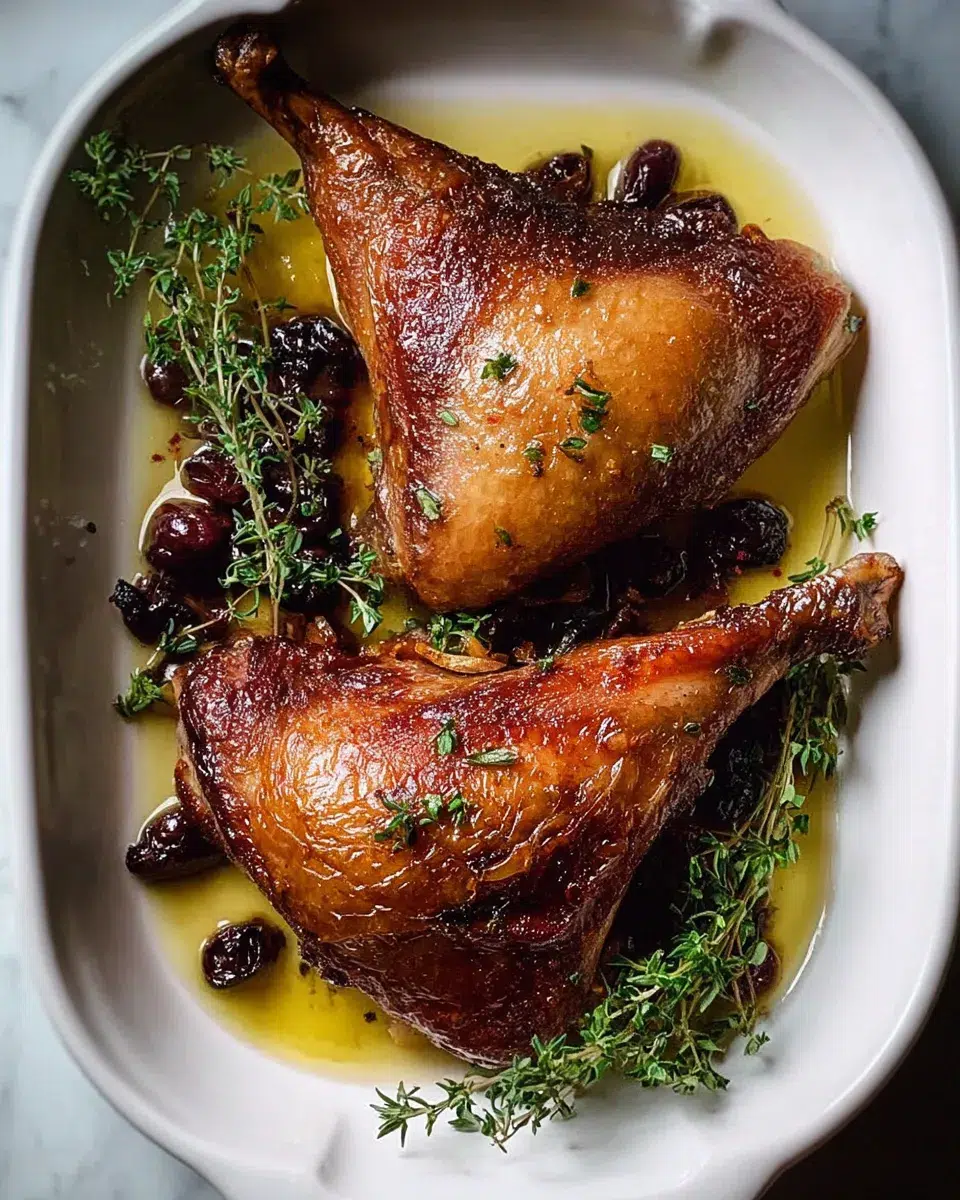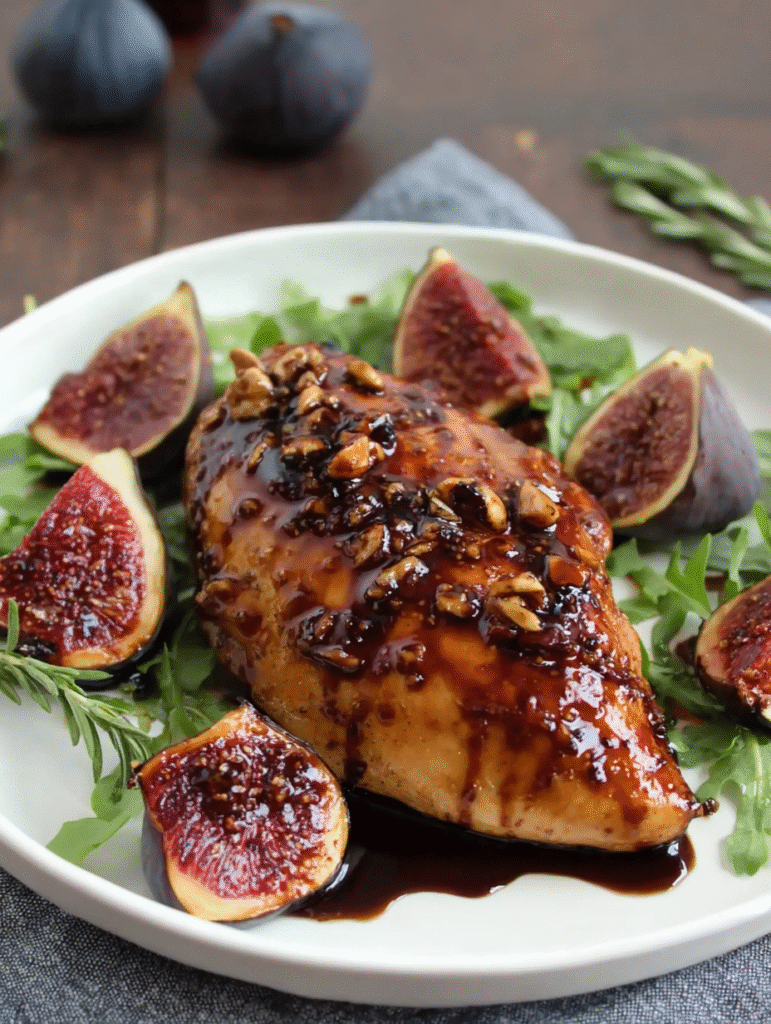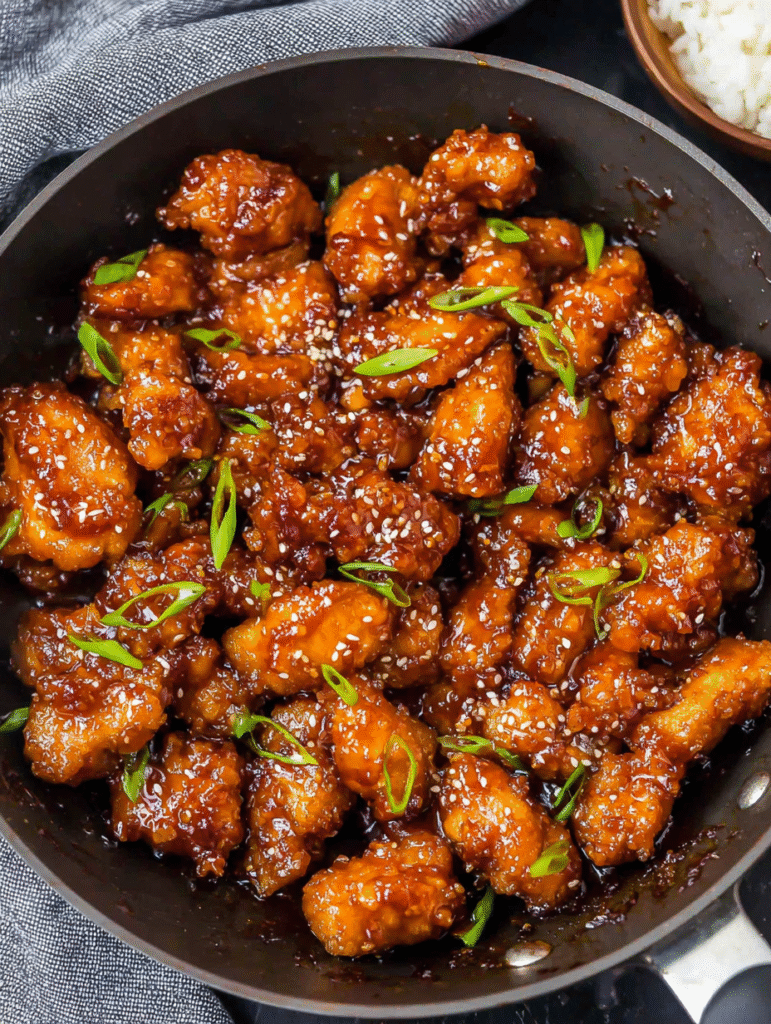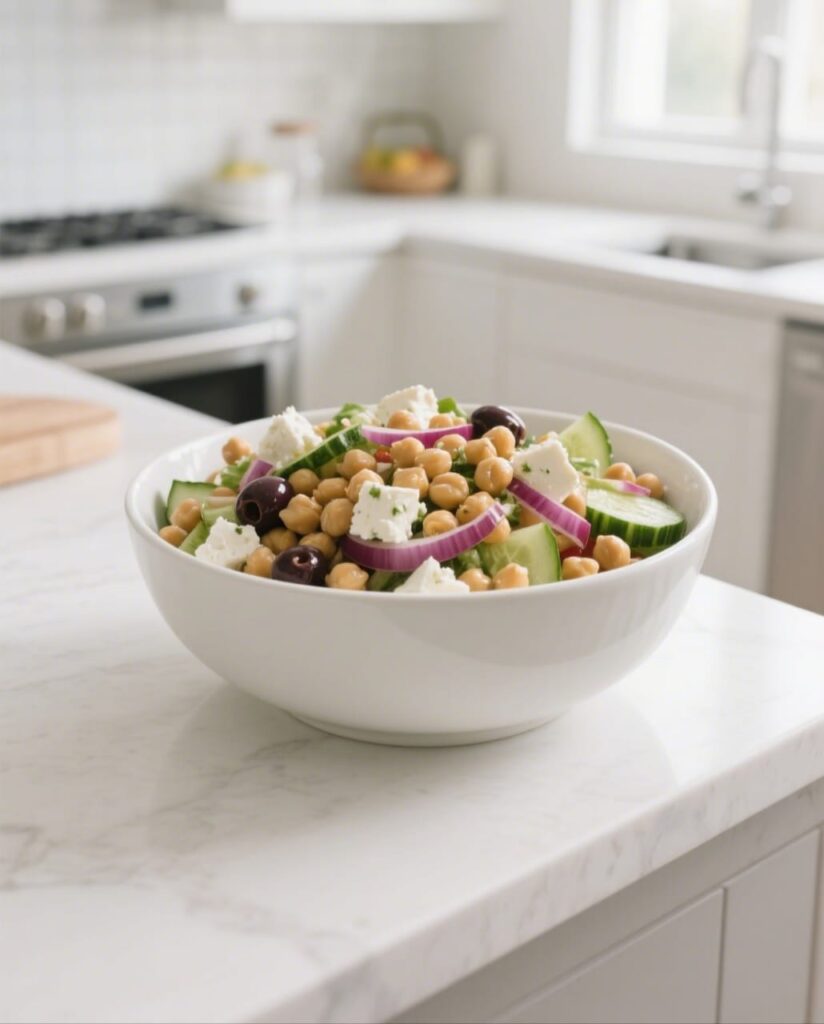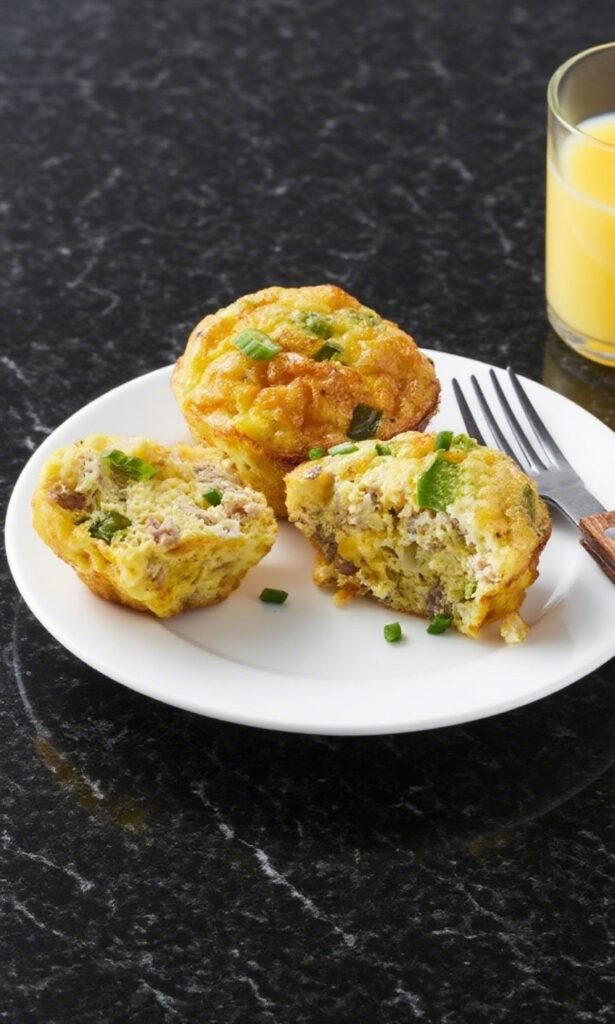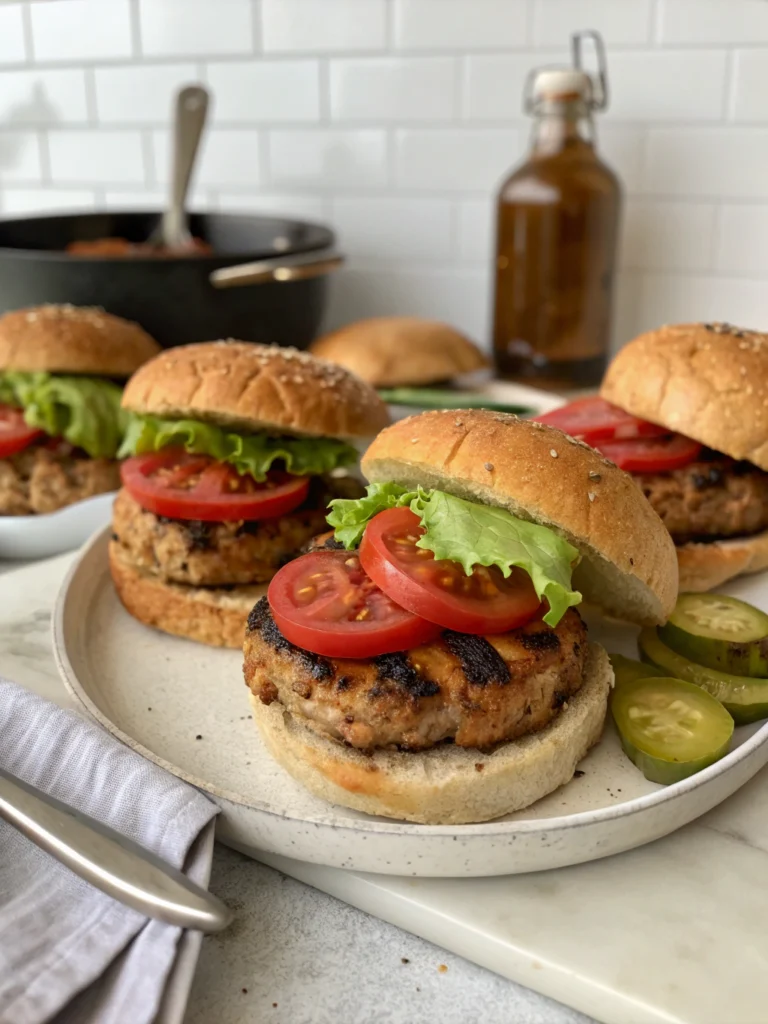Duck Confit Recipe: A French Bistro Favorite Made Easy
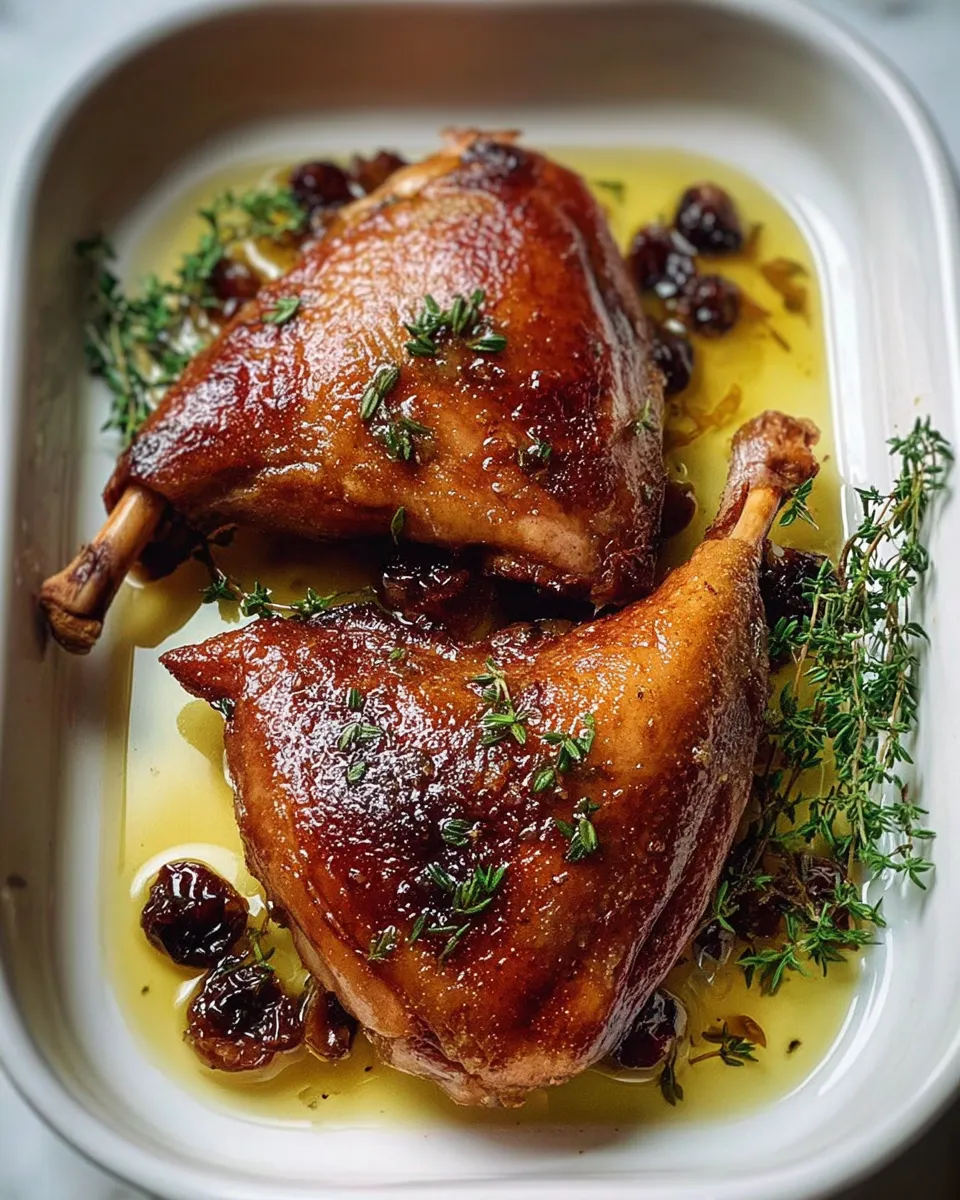
Duck confit might sound intimidating, but this classic French technique transforms simple duck legs into an incredibly tender, flavor-packed masterpiece that will elevate your home cooking to restaurant quality.
Picture slowly cooking duck legs in their own fat until the meat becomes so tender it practically falls off the bone, while the skin develops a gorgeous golden color. This traditional method has been perfected over centuries, and today I’m sharing the secrets that will help you create the most incredible homemade duck confit you’ve ever tasted.
The beauty of this duck confit recipe lies in its simplicity – using just a handful of quality ingredients and the patience to let time and gentle heat work their magic. Whether you’re planning an elegant dinner party or simply want to treat yourself to something extraordinary, mastering these easy duck confit tips will give you a skill that impresses every time.
Why You’ll Love This Recipe
I’ll never forget the first time I attempted restaurant style duck confit at home. I was nervous about the technique, worried I’d somehow mess up this legendary dish. But as the duck legs slowly cooked in fragrant duck fat, my kitchen filled with the most incredible aroma of herbs and tender meat. When I finally tasted that first bite – crispy skin giving way to melt-in-your-mouth meat – I knew I had discovered something special.
What makes this flavor boosting duck confit truly irresistible is how it combines rustic simplicity with sophisticated results. The gentle cooking process ensures every bite is incredibly juicy and savory, while the herb-infused fat creates layers of complex flavor that you simply can’t achieve with quick cooking methods. Plus, once you master this technique, you’ll have tender savory duck confit that keeps beautifully and can transform simple meals into gourmet experiences. Explore more elegant dinner recipes here to complete your special meal.
Ingredients List
Here’s everything you need to create perfect crisp skin duck confit at home:
| Ingredient | Amount | Notes |
|---|---|---|
| Duck legs with skin | 4 pieces | Choose plump, high-quality legs |
| Duck fat | 2 cups (or more as needed) | Essential for authentic confit |
| Sea salt | 1 tablespoon | For the initial cure |
| Garlic cloves, crushed | 4 pieces | Fresh garlic adds aromatic depth |
| Fresh thyme | 4 sprigs | Classic herb pairing |
| Bay leaf | 1 leaf | Adds subtle earthy notes |
| Black peppercorns | 1 teaspoon | For gentle spice |
| Water | 1 cup | Helps regulate cooking temperature |
The key to exceptional duck confit lies in using quality ingredients and allowing enough time for the flavors to develop properly. Find more gourmet lunch ideas here to make the most of your leftover confit.
Step-by-Step Directions
Cure the duck legs: Pat duck legs dry with paper towels and rub generously with sea salt. Place in a shallow dish, cover, and refrigerate for 2-4 hours. This initial curing step draws out moisture and helps concentrate the duck confit flavors.
Prepare the cooking vessel: Preheat your oven to 225°F (107°C). Choose a heavy-bottomed oven-safe pot or Dutch oven that can comfortably hold all four duck legs in a single layer.
Rinse and dry: Remove duck legs from refrigerator and rinse off the salt under cold water. Pat completely dry with paper towels – any remaining moisture will interfere with the confit process.
Heat the duck fat: In your chosen cooking vessel, gently warm the duck fat over low heat until it melts. Add crushed garlic, thyme sprigs, bay leaf, and black peppercorns to infuse the fat with aromatic flavors.
Submerge the duck: Carefully place duck legs skin-side down in the warm fat. The fat should completely cover the meat – add more duck fat if needed. Pour water around the edges of the pot.
Cook low and slow: Transfer the pot to your preheated oven. Cook for 2-3 hours, checking occasionally to ensure the fat maintains a gentle bubble. The duck confit is ready when the meat is fork-tender and easily pulls away from the bone.
Rest and crisp: Remove from oven and let duck legs cool in the fat for 30 minutes. For serving, carefully remove legs and pat dry, then sear skin-side down in a hot skillet for 2-3 minutes until golden and crispy.
Exact Timing to make Duck Confit
The total time investment for perfect duck confit spans approximately 5-7 hours, though most of this is hands-off cooking time. Plan for 2-4 hours of curing, 15 minutes of active preparation, 2-3 hours of gentle oven cooking, and 30 minutes of resting time. The beauty of this timeline is that you can cure the duck legs overnight, then start the cooking process in the afternoon for an elegant evening meal.
Nutritional Information
Here’s the comprehensive nutritional breakdown for one serving of duck confit (approximately 1 duck leg with skin):
| Nutrient | Amount per Serving | % Daily Value |
|---|---|---|
| Calories | 485 | 24% |
| Total Fat | 38g | 49% |
| Saturated Fat | 12g | 60% |
| Cholesterol | 165mg | 55% |
| Sodium | 890mg | 39% |
| Total Carbohydrates | 1g | <1% |
| Dietary Fiber | 0g | 0% |
| Sugars | 0g | 0% |
| Protein | 32g | 64% |
| Iron | 4.2mg | 23% |
| Vitamin B12 | 0.8mcg | 33% |
| Niacin | 8.1mg | 51% |
| Selenium | 28mcg | 51% |
Nutritional data based on USDA food composition databases and culinary nutrition analysis. Values may vary based on specific ingredients and preparation methods used.
Healthier Alternatives
Making Duck Confit more health-conscious doesn’t mean sacrificing the incredible flavors that make this dish so special. Here are smart modifications that maintain authenticity while boosting nutritional benefits:
| Modification | Original Method | Healthier Alternative | Benefits |
|---|---|---|---|
| Fat Reduction | Submerged in pure duck fat | Use 50% duck fat + 50% olive oil | Reduces saturated fat while maintaining rich flavor |
| Portion Control | Whole duck leg serving | Remove skin before serving | Cuts calories by 30% and reduces fat content |
| Salt Curing | Heavy salt cure for 4 hours | Light salt cure with herbs for 2 hours | Significantly reduces sodium content |
| Cooking Method | Traditional confit in fat | Sous vide technique with minimal fat | Maintains tenderness with 60% less fat |
| Serving Style | Crispy skin included | Shredded meat only | Focuses on protein while reducing caloric density |
These adaptations allow you to enjoy restaurant-quality duck confit while aligning with various dietary goals. Explore more delicious desserts here to complete your refined dining experience.
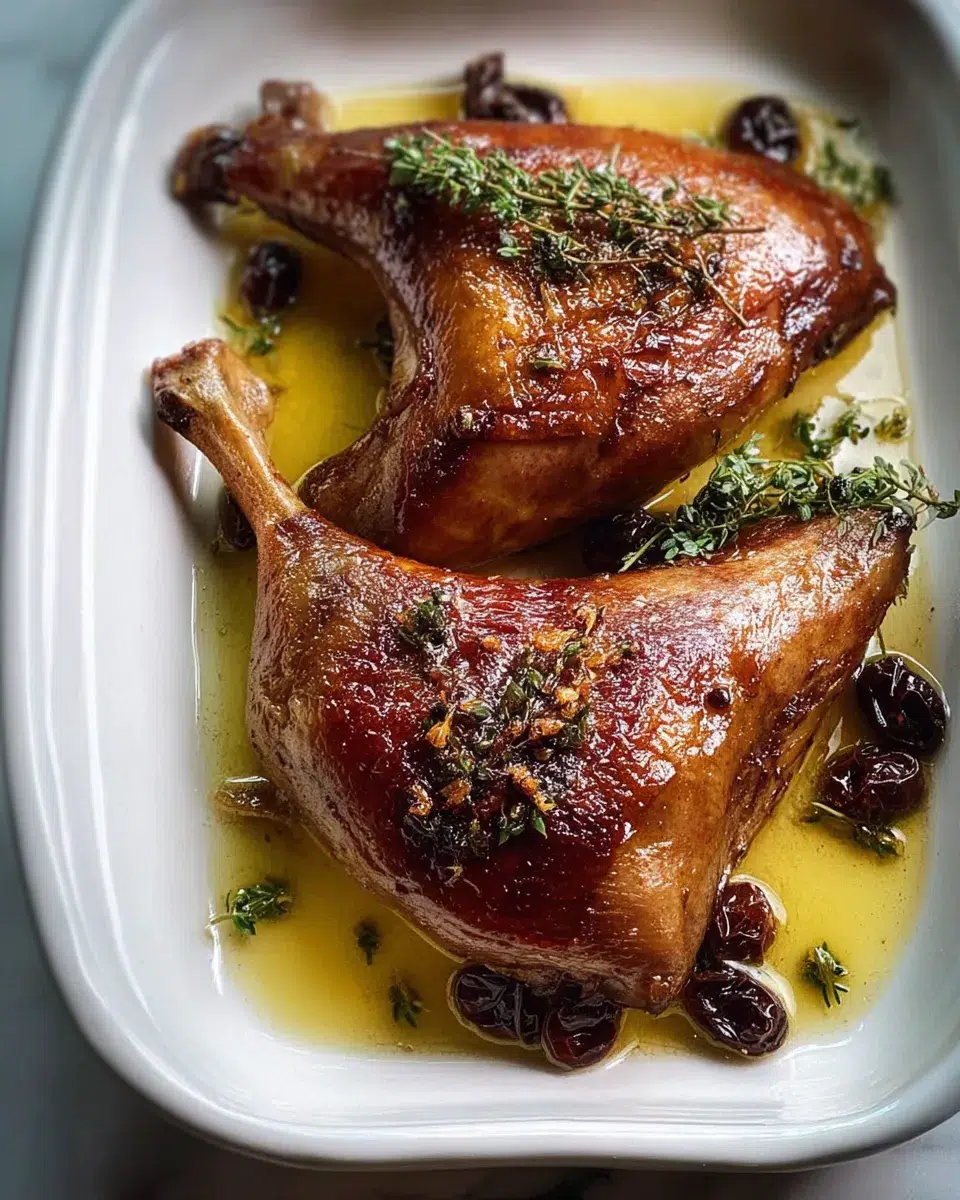
Serving Suggestions
Classic French Presentation: Serve your duck confit alongside creamy white beans, roasted fingerling potatoes, and a simple green salad dressed with Dijon vinaigrette. The rich, tender meat pairs beautifully with these traditional accompaniments that balance the richness without overwhelming the delicate duck flavors.
Modern Elegant Plating: Shred the duck confit and use it to top a warm farro or quinoa salad studded with dried cranberries, toasted walnuts, and fresh herbs. This contemporary approach showcases the duck’s versatility while creating a more refined, restaurant-style presentation.
Comfort Food Transformation: Transform leftover duck confit into incredible sandwiches, pasta dishes, or even duck confit hash for brunch. The preserved meat adds instant gourmet appeal to simple dishes and keeps beautifully for multiple meal applications throughout the week.
Common Mistakes to Avoid
Temperature Control Issues: The biggest mistake home cooks make is cooking duck confit at too high a temperature, which causes the meat to become tough and stringy instead of melt-in-your-mouth tender. Always maintain that gentle 225°F oven temperature and look for barely perceptible bubbling in the fat – aggressive bubbling means your heat is too high.
Insufficient Fat Coverage: Attempting to economize on duck fat by not fully submerging the legs will result in uneven cooking and potentially dried-out portions. The duck must be completely covered throughout the entire cooking process to achieve that signature confit texture and prevent any part of the meat from drying out.
Skipping the Resting Period: Rushing to serve the duck immediately after cooking is a missed opportunity for flavor development. Allowing the duck confit to rest in its cooking fat for at least 30 minutes helps redistribute juices and makes the final crisping step much more effective for achieving that perfect contrast of crispy skin and tender meat.
Storing Tips
Refrigerator Storage: Store your duck confit submerged in its cooking fat in an airtight container in the refrigerator for up to one week. The fat acts as a natural preservative, keeping the meat incredibly moist and flavorful while preventing oxidation that could affect taste and texture.
Freezer Storage: For longer storage, duck confit can be frozen in its fat for up to three months. Portion individual legs in small containers with enough fat to cover, leaving space for expansion. When ready to use, thaw completely in the refrigerator before reheating.
Reheating Method: To serve stored duck confit, remove from fat and bring to room temperature for 30 minutes. Heat a skillet over medium-high heat and sear the duck legs skin-side down for 3-4 minutes until the skin crisps and the meat warms through. Never microwave duck confit as this will make the skin rubbery and compromise the texture.
FAQs
How long does duck confit take to cook properly?
Duck confit requires 2-3 hours of gentle cooking at 225°F after the initial curing period. The total process spans 5-7 hours including curing time, but most of this is passive cooking that requires minimal attention from the home cook.
Can I make duck confit without duck fat?
While traditional duck confit uses pure duck fat, you can substitute with a mixture of olive oil and a small amount of duck fat for flavor. However, using authentic duck fat produces the most traditional results and superior taste that defines classic duck confit.
What’s the best way to get crispy skin on duck confit?
After the slow cooking process, pat the duck confit legs completely dry and sear them skin-side down in a hot, dry skillet for 2-3 minutes. The contrast between the crispy exterior and tender interior is what makes duck confit so exceptional.
How do I know when my duck confit is properly cooked?
Your duck confit is ready when the meat easily pulls away from the bone with a fork and the internal temperature reaches 165°F. The meat should be incredibly tender and practically falling off the bone, with a rich, concentrated flavor throughout.

Duck Confit
- Total Time: 5 hours
- Yield: 4 servings 1x
Description
This Duck Confit recipe brings a taste of classic French cuisine to your kitchen. Slow-cooked duck legs become tender and flavorful, perfect for elegant dinners or a cozy weekend meal. A must-try for those who love recipes for dinner and gourmet food recipes.
Ingredients
- 4 duck legs with skin (choose plump, high-quality legs)
- 2 cups duck fat (or more as needed)
- 1 tablespoon sea salt
- 4 garlic cloves, crushed
- 4 sprigs fresh thyme
- 1 bay leaf
- 1 teaspoon black peppercorns
- 1 cup water
Instructions
- Pat duck legs dry and rub with sea salt. Place in a dish, cover, and refrigerate for 2-4 hours to cure.
- Preheat oven to 225°F (107°C). Use a heavy, oven-safe pot or Dutch oven to fit the duck legs in a single layer.
- Rinse salt off duck legs under cold water and pat completely dry.
- Gently melt duck fat over low heat. Add garlic, thyme, bay leaf, and peppercorns to infuse flavor.
- Place duck legs skin-side down in the warm fat. Ensure they’re fully submerged. Add water around the edges.
- Cook in the oven for 2-3 hours until meat is fork-tender and easily pulls from the bone.
- Let rest in fat for 30 minutes. Before serving, sear skin-side down in a hot skillet for 2-3 minutes until crisp and golden.
Notes
Use good quality duck legs and allow enough time for curing and slow cooking. The confit can be stored in its fat and reheated later for an easy gourmet meal.
- Prep Time: 15 minutes
- Cook Time: 3 hours
- Category: Main Course
- Method: Slow Cooked
- Cuisine: French
Nutrition
- Serving Size: 1 duck leg
- Calories: 520
- Sugar: 0g
- Sodium: 740mg
- Fat: 38g
- Saturated Fat: 13g
- Unsaturated Fat: 22g
- Trans Fat: 0g
- Carbohydrates: 1g
- Fiber: 0g
- Protein: 42g
- Cholesterol: 155mg
Keywords: duck confit, french recipe, gourmet food, recipes for dinner

